(ECNS) -- China and Vietnam will fast-track the interconnection of railways, expressways, and ports, China's State Council announced on Tuesday. It is part of a wider push to deepen infrastructure ties across the Association of Southeast Asian Nations (ASEAN).
Among recent milestones, cross-border railway projects stand out for the speed at which they are reshaping travel, trade and regional supply chains.

China and ASEAN countries have made substantial progress in infrastructure connectivity in recent years, with railway cooperation emerging as a particular highlight.
The China-Laos Railway, operational for over three years, stretches 1,035 kilometers from Kunming in China's Yunnan Province to Vientiane, the capital of Laos, greatly facilitating the movement of people and goods along this route. Travelers can now journey by train in just one day between China's Xishuangbanna Dai Autonomous Prefecture and Laos's Luang Prabang—both major tourist destinations.
This newfound convenience has boosted spontaneous cross-border tourism. Chinese tourists increasingly embark on outbound journeys, while more travelers from Malaysia, Thailand, Laos, and other ASEAN countries explore China using the China-Laos international passenger trains.
Moreover, the railway has significantly reduced the delivery time for fruits from Laos, Thailand, and other Southeast Asian regions, swiftly bringing fresh produce to Chinese consumers. Imports of chilled aquatic goods and manganese ore into China have also seen substantial breakthroughs, while mechanical, electrical, and specialty agricultural products continue to flow overseas via this route.
According to official Chinese statistics, since beginning operations in December 2021, the China-Laos Railway has transported over 12 million metric tons of import and export goods, with trade value exceeding 50 billion yuan (approximately $6.9 billion).
Today, the China-Laos Railway serves as a critical logistics corridor linking China with South and Southeast Asia. Its integration with major transportation networks like the New International Land-Sea Trade Corridor and the China-Europe Railway Express further enhances regional trade and economic collaboration.
Additionally, railway cooperation between China and Malaysia has yielded impressive outcomes. In June 2024, construction commenced at Gombak station, part of the East Coast Rail Link (ECRL) project. The ECRL, a flagship initiative under China-Malaysia's high-quality Belt and Road cooperation, spans 665 kilometers and has created over 21,000 job opportunities in Malaysia and neighboring countries. The project has recruited more than 10,000 local Malaysian workers and collaborated with approximately 2,000 local enterprises.
(By Gong Weiwei)









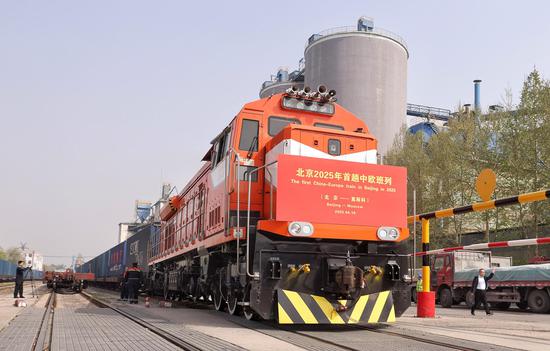





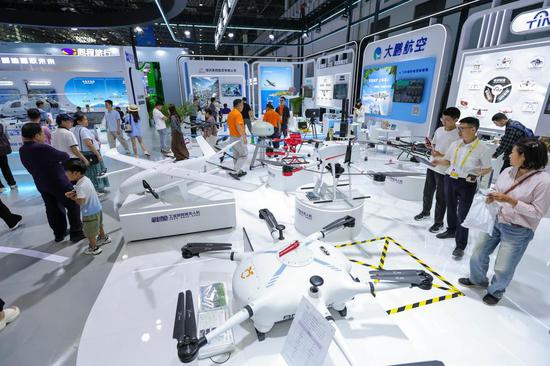
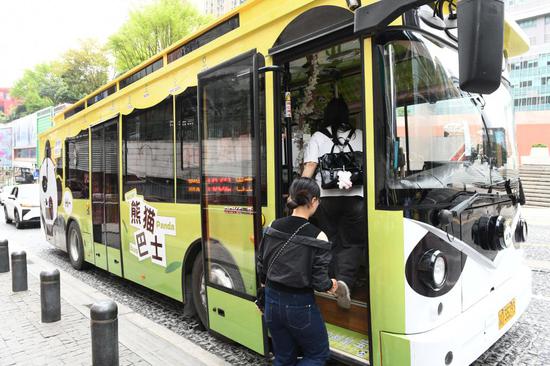

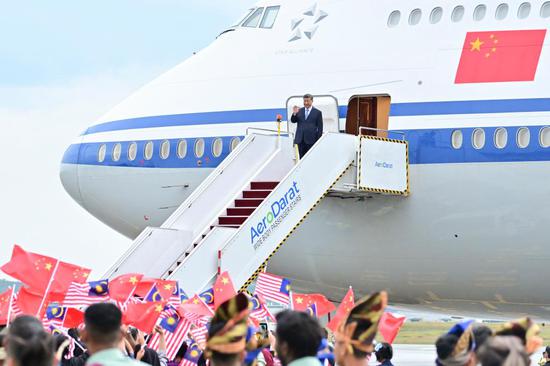





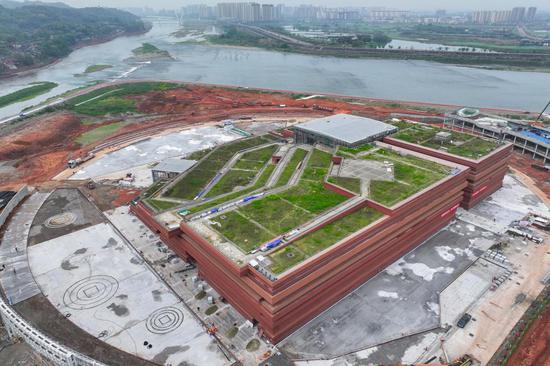


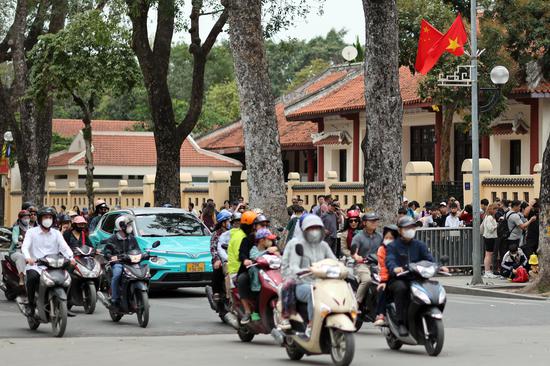
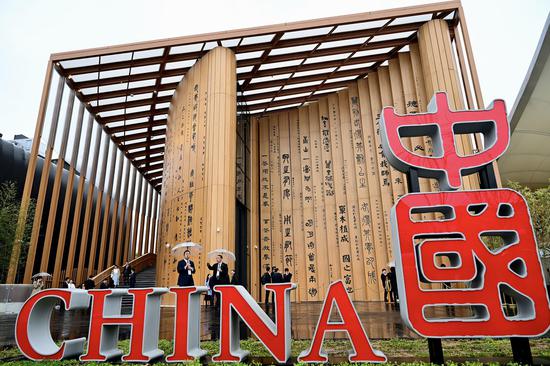
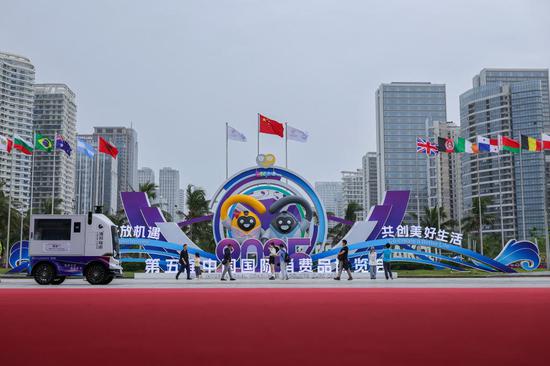


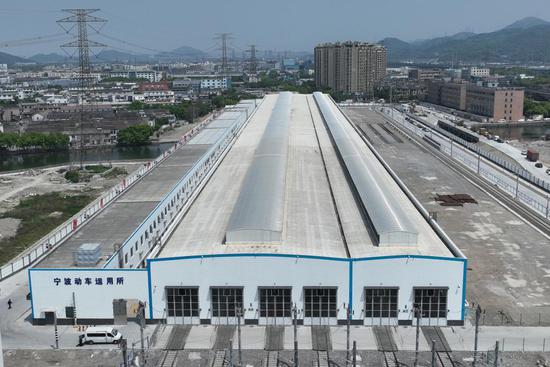



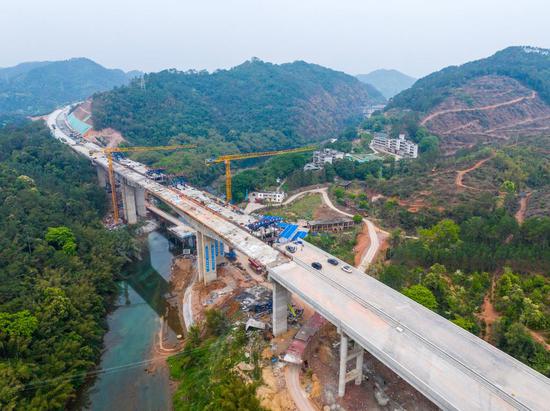

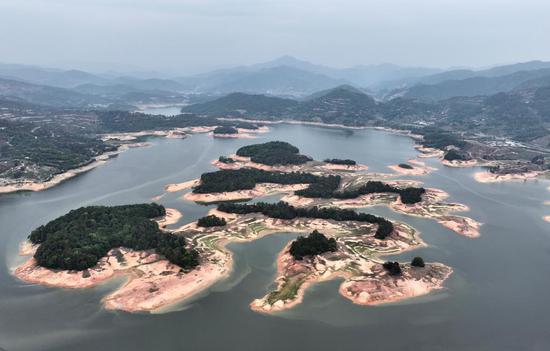


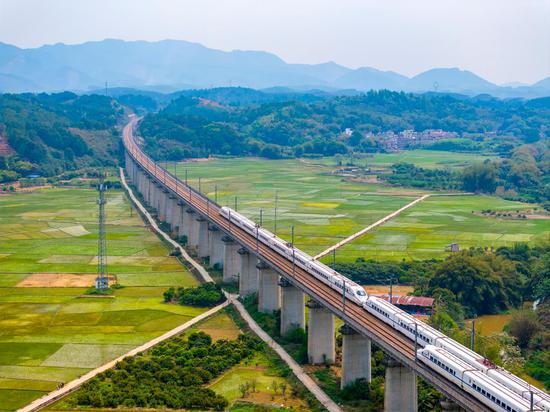
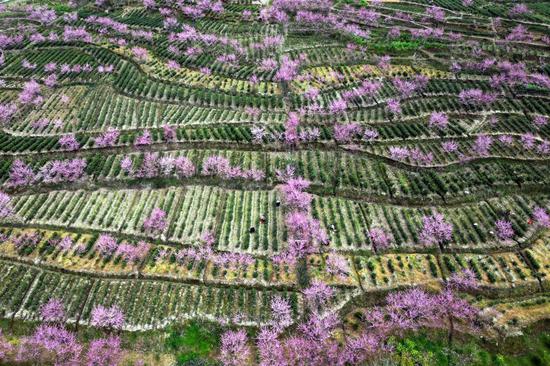
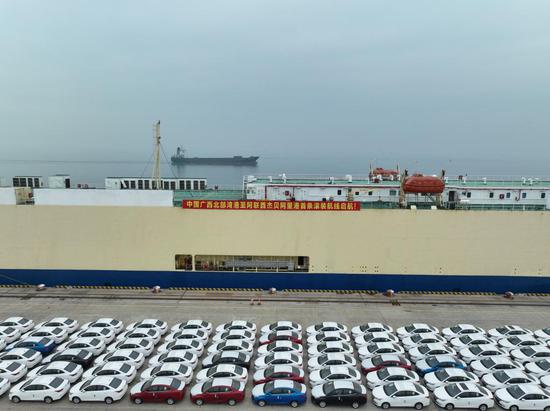
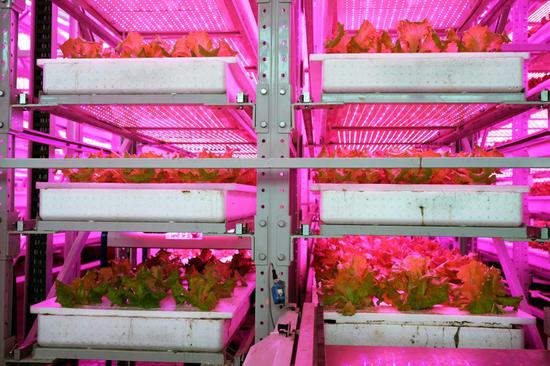





 京公網安備 11010202009201號
京公網安備 11010202009201號